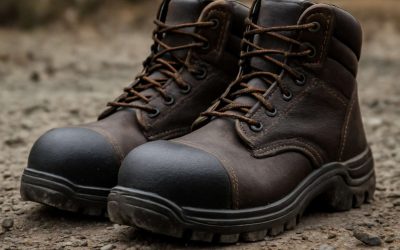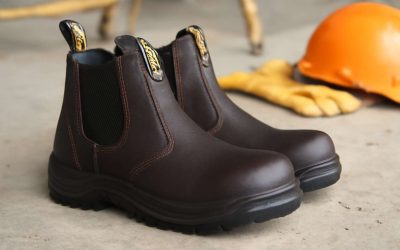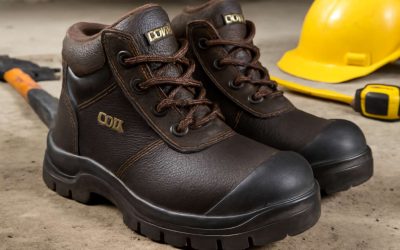
Safety shoes are a type of footwear designed to protect the feet from workplace hazards. Designed to help prevent injuries from falling objects, chemicals, electrical dangers and more, they can be found in various work environments and industries around the world. Different types of safety shoes can feature any number of protective elements depending on the environment, but all have a few common features. The most important of these are the steel toe caps, which help to prevent foot injury from being struck by heavy or sharp items.
The most popular and commonly used type of safety shoe is a steel toe boot or shoe. These are a great choice for most risk bearing environments and provide the maximum level of protection against impact from falling or rolling objects. This protective element can be made from any material such as steel, aluminium or composites. Other common safety features include anti-slip soles, chemical resistance and electrical hazard protection.
In recent years, manufacturers have begun to use innovative materials in the production of safety shoes, which has resulted in a reduction in weight and a increase in comfort levels for wearers. They have also become more attractive, with some models featuring designs that appeal to fashion conscious workers. Safety boots have even become fashionable items to wear outside of the workplace, particularly in subcultures such as skinhead and punk where they are worn for their practicality rather than just for style.
Providing workers with the correct footwear is essential to their health and safety, as well as to the quality of their work. In addition to completing a hazard assessment, providing suitable footwear is one of the most important steps in protecting workers against workplace risks.
To ensure that footwear is safe for workers to wear, it should meet certain minimum standards set out in the British Standard EN ISO 13287:2019. This includes having a toe cap that is at least as strong as 200 joules of compression, as well as a penetration protection plate in the sole of the shoe to protect against punctures from sharp or snagged tools.
In addition to providing protective footwear, employers should ensure that employees are familiar with any specific hazards they will be exposed to when working. This will help to ensure that workers can make informed choices about the type of footwear they need and can be confident in their ability to select the right shoes for their specific workplace needs.
Footwear must be maintained properly, including cleaning and storage when not in use. In addition, workers should be encouraged to change shoes frequently, especially if they are wearing them for long periods of time. This will help to prevent the build-up of sweat, dirt and grit inside shoes and boots that can cause them to become unsuitable for wearing. This will also help to avoid any unpleasant odours and reduce the likelihood of foot infections.



0 Comments